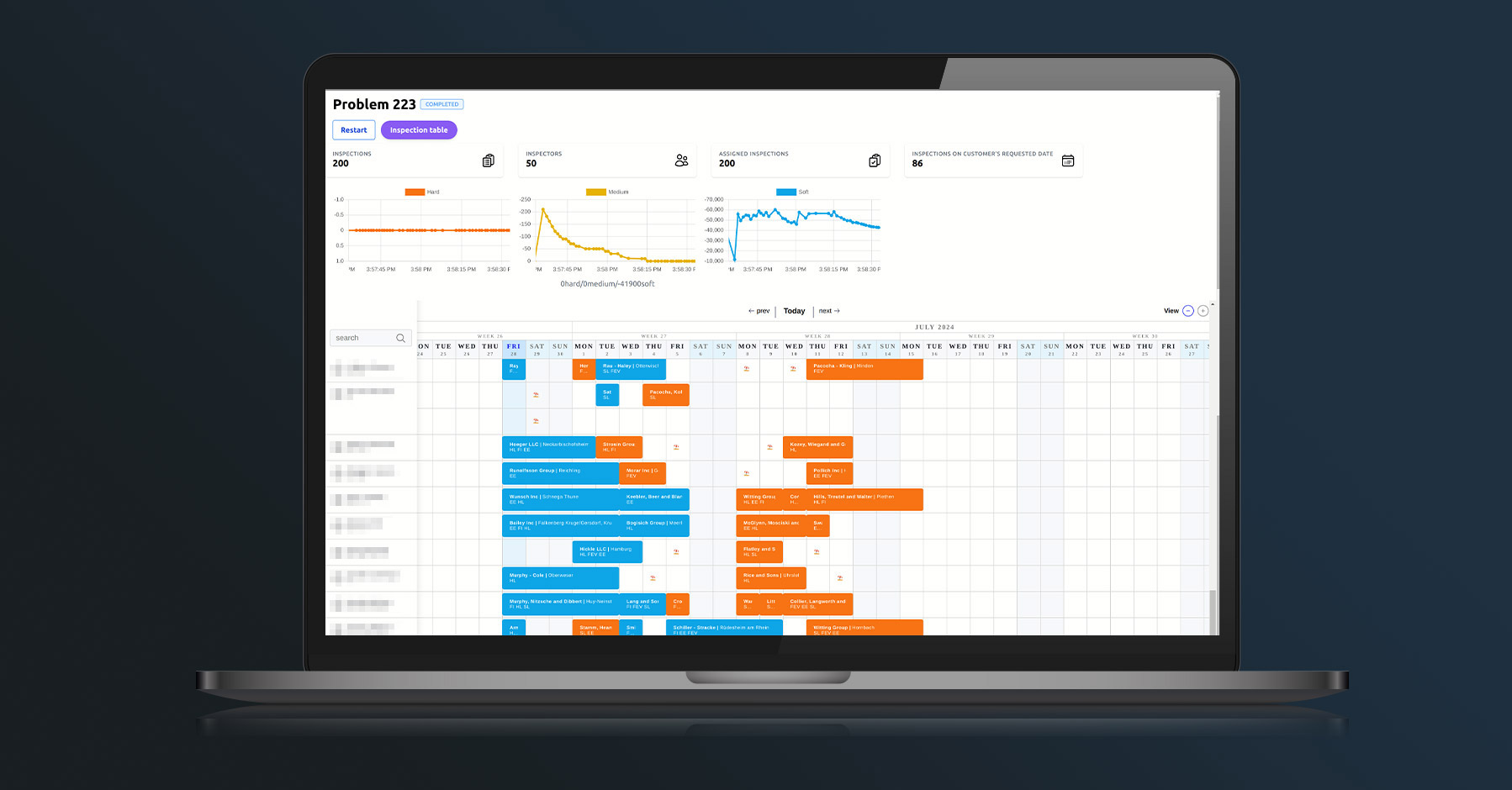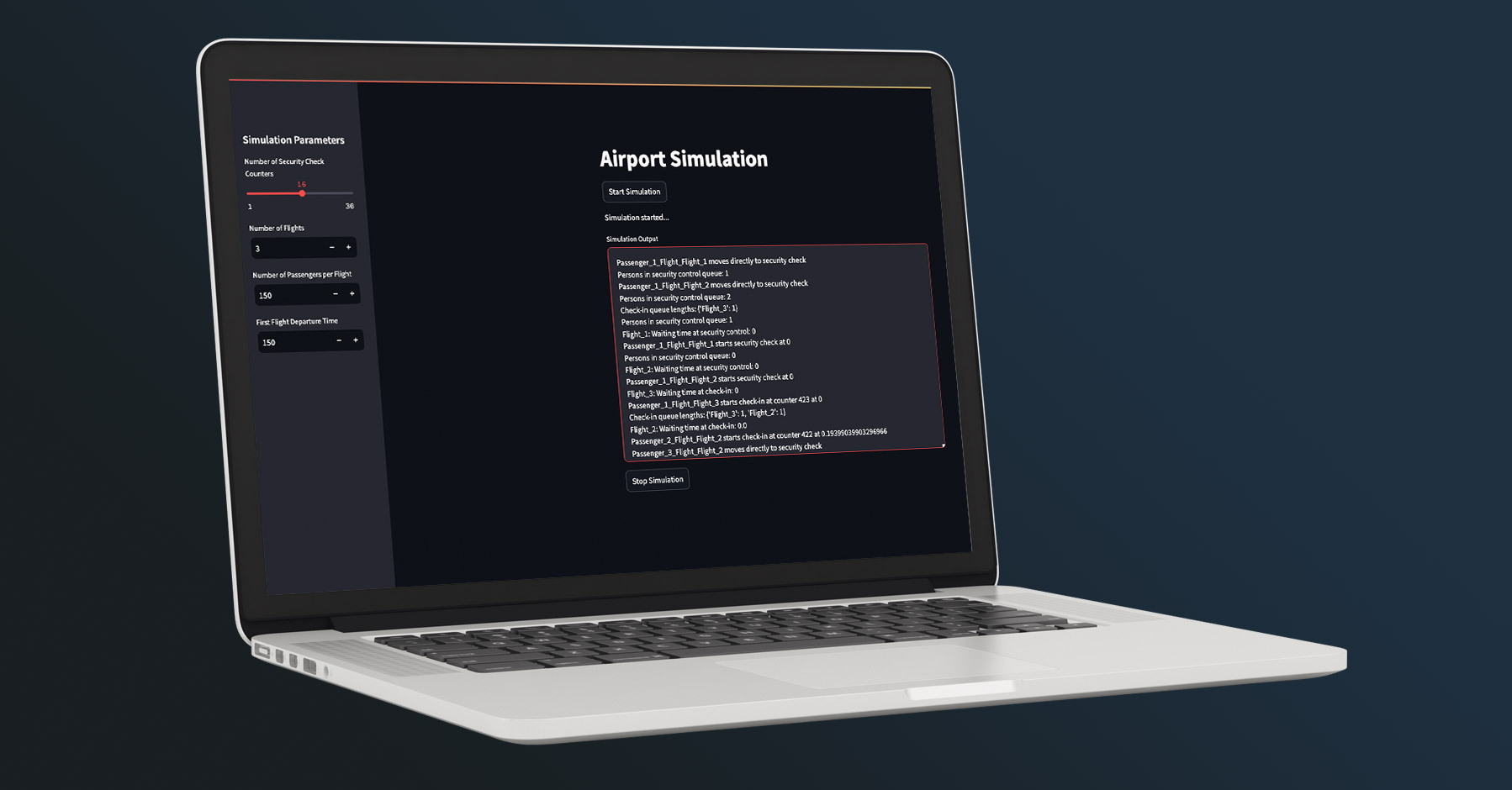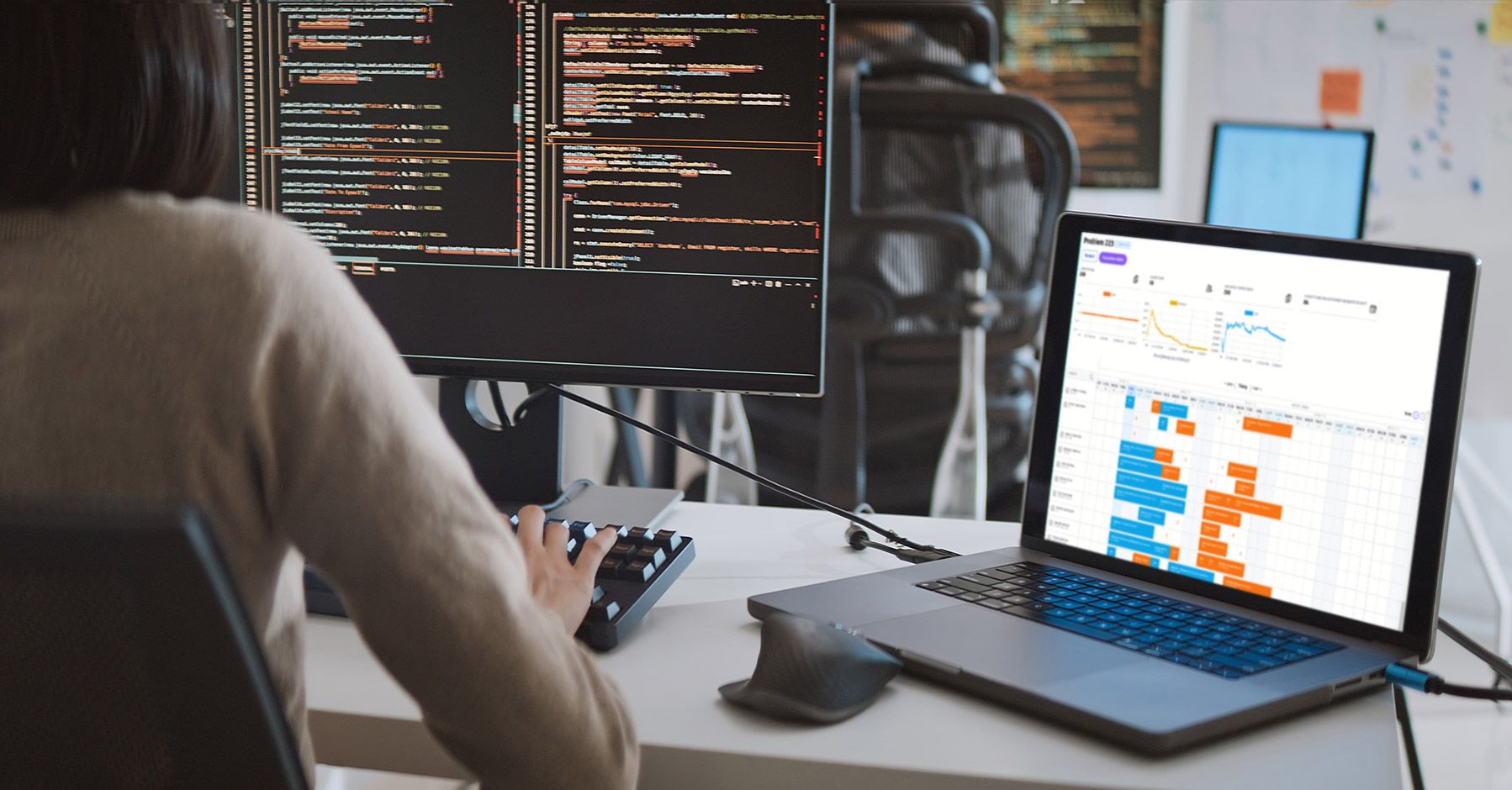Let’s face it: Everyone wants to use AI right now. It’s the buzzword in every strategy deck, every conference keynote, and every customer conversation. From sales to customer service to recruiting – AI is expected to transform it all.
But here’s the truth: while the desire to “do something with AI” is everywhere, solid use cases are still rare.
From Hype to Hands-On: Our AI Journey at COViS
We’ve experienced the AI gold rush firsthand. Clients ask us for “more AI features.” Internally, the pressure is on. Everyone wants to be first. But we know that flashy but handpicked demos are not enough. At COViS, our approach is different: we experiment, build, fail, learn—and build again.
At the heart of this journey is our R&D department, and in particular: Panagiotis “Panos” Kapros, one of our developers. If you’ve heard of our recruiting tool aiFind, you’ve already seen his work in action.
aiFind is our AI-powered recruiting solution. And yes, we really mean AI-powered—not just a buzzword slapped on a database. It’s built to bring structure to the chaos of modern recruiting: thousands of CVs, endless job ads, and way too much manual effort.
But even with aiFind, one question came up again and again:
“What else can AI do for us?”
Building an AI Agent That Does the Boring Work for You
Our answer: Let’s give AI a keyboard—and make it type for you.
Here’s what we built:
An AI agent that takes a CV, matches it to relevant job positions in the aiFind system, and ranks them by relevance (0–100). All automatically. No more keyword hunting, no more copy-paste.
The user uploads a CV. Then the agent reads, extracts, interprets—and starts searching in aiFind. It considers:
Qualification
Country or location
Role-specific skills
The result? A ranked list of job positions, matched to that specific CV. It’s fast, scalable, and reduces hours of manual work to seconds.
Under the Hood: 2 Agents, 3 Models
The system is built using the PydanticAI library and OpenAI’s large language models. It is a multi-agent system that can call tools like “extract text” from PDFs and perform hybrid searches on job positions.
The agents talk to each other, evaluate relevance, and return results to the user.
But here’s what we learned: An AI is only as good as the tools and guidelines you give it.
Give it vague prompts? You get vague results.
Let it browse the web freely? It will end up stuck at a login page.
Trust it blindly? That’s a recipe for disappointment.
Finding the Right Balance: Agent vs. Button
There’s a deeper product question in all of this:
Should AI replicate traditional workflows (CRM-style tools), or should it create entirely new ones?
We see three directions:
CRM-style agent – works like aiFind, complements the existing system
Workflow re-imaginer – rethinks how users interact from the ground up
Client-facing assistant – what if the recruiter’s client gets their own agent?
Each path comes with trade-offs. A button is predictable. An agent is flexible—but also more autonomous. We’re exploring all three.
More AI Use Cases from Our Lab
AI-driven innovation at COViS doesn't stop at recruiting. In our R&D lab, we’re constantly experimenting with new use cases that solve real-world problems.
1. Smart Scheduling for on-site Inspections
In one project, we developed an AI-based scheduling system to assign certified inspectors to on-site inspections.
The challenge: match employees with the right qualifications to the right inspection tasks – while factoring in constraints like skills, availability, and travel distance.
To improve efficiency, we penalized inefficient assignments (e.g., every kilometer traveled reduced the solution score). The result: smarter scheduling with fewer resources wasted.

2. Queue Simulation at Airport Checkpoints
In a separate project, we built a discrete-event simulation to model waiting times at airport check-in counters and security checkpoints.
Using daily flight schedules as input, the simulation generated virtual passenger arrivals 1–2 hours before departure. The AI predicted how queue lengths would develop throughout the day – revealing when and where bottlenecks could occur.
A practical use case for optimizing passenger flow and reducing wait times in real-world airport operations.

The Role of R&D: Where Ideas Turn Into Tools
At COViS, we don’t just theorize. We test, build, and iterate. Panos and our R&D team lead the way, especially in recruiting tech, where AI is evolving at lightning speed.
Here’s the reality:
Most AI ideas don’t work right away.
But every experiment teaches us something new.
Sometimes, the best use case isn’t obvious until you build a bad one.
Whether it’s log analysis with 10,000+ lines of code or replacing Boolean search with smarter filters—we’re constantly discovering what’s possible.
Conclusion: AI That Solves Real Problems
AI is no longer about “cool features.” It’s about business impact. We believe in AI that saves time, creates value, and fits real workflows.
And if your business has a process that’s stuck in the last decade – maybe it’s time we build an agent for that too.

